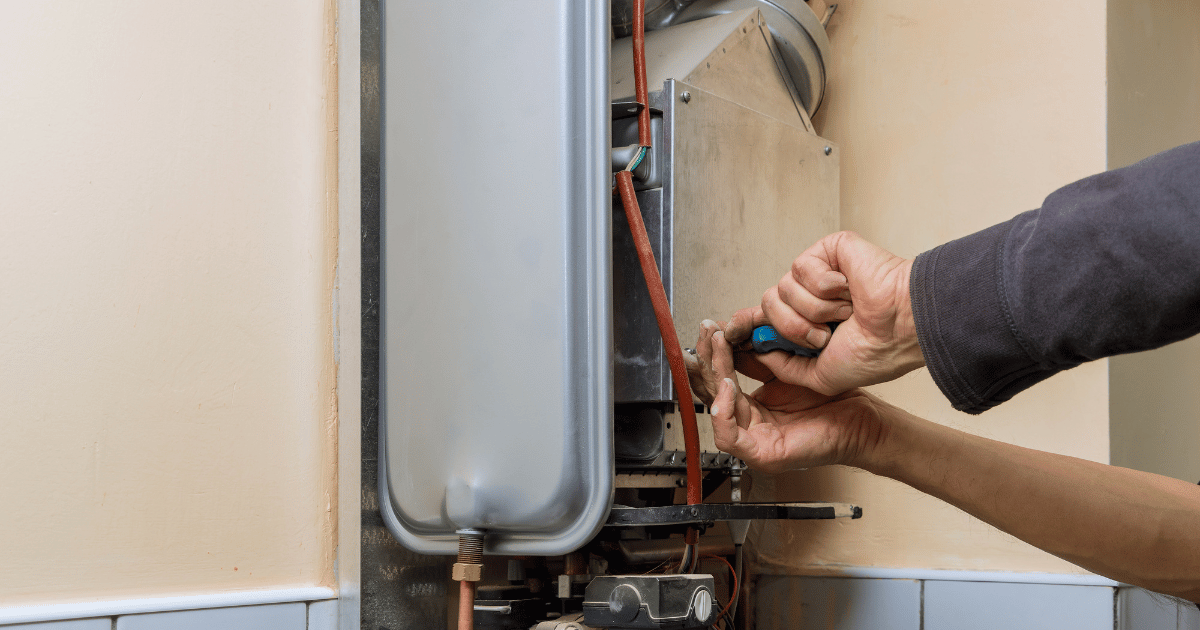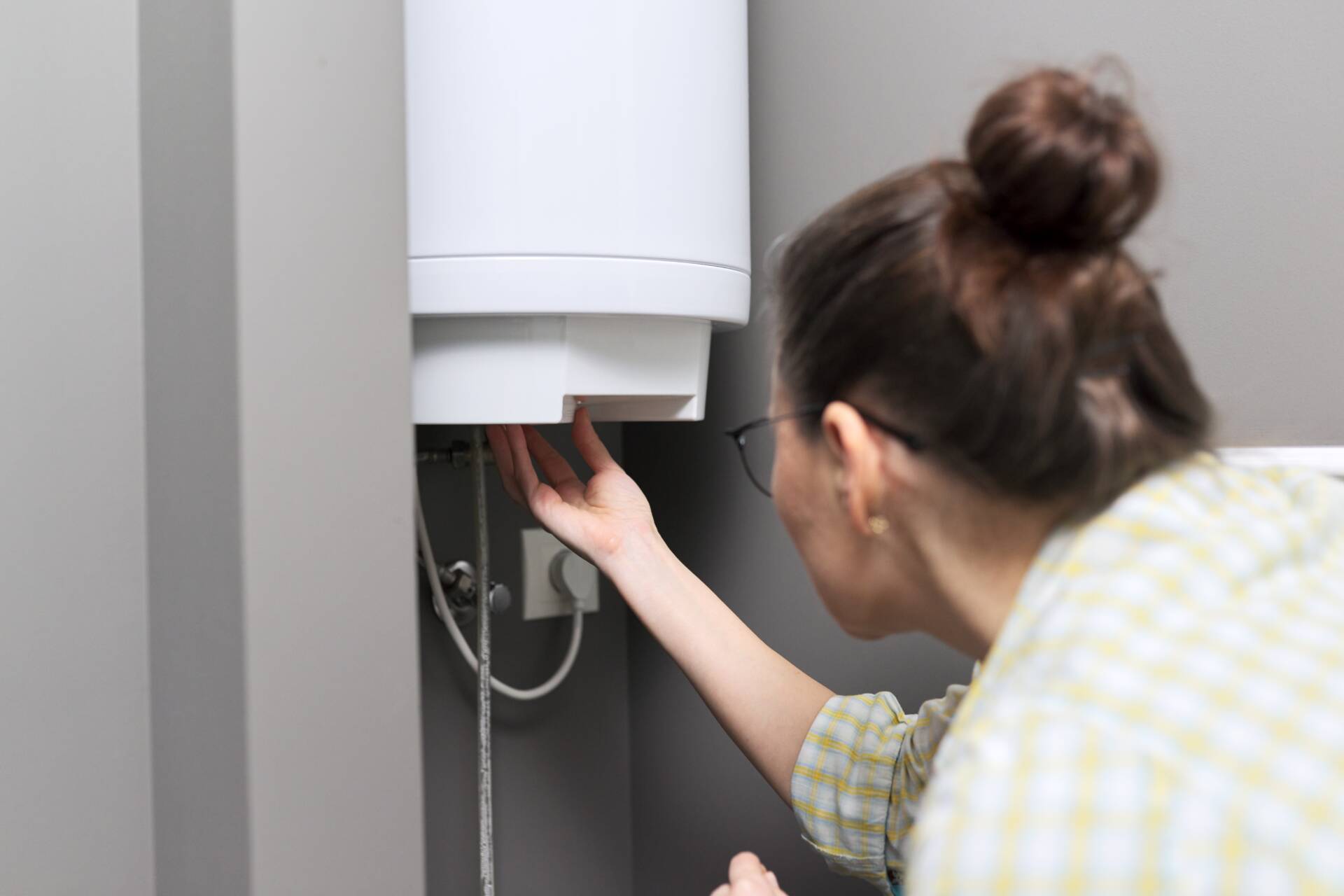Professional Guidance for Caring for Your Home's Hot Water SystemEfficient Strategies for Caring for Your Home's Hot Water SystemSteps to Properly Maintain Your Home's Hot Water System
Professional Guidance for Caring for Your Home's Hot Water SystemEfficient Strategies for Caring for Your Home's Hot Water SystemSteps to Properly Maintain Your Home's Hot Water System
Blog Article
What are your opinions on Tips on Maintaining a Water Heater?

Hot water is essential for everyday comfort, whether it's for a rejuvenating shower or cleaning dishes. To ensure your warm water system runs successfully and lasts much longer, normal upkeep is crucial. This write-up provides useful pointers and insights on how to keep your home's warm water system to prevent interruptions and expensive fixings.
Introduction
Maintaining your home's warm water system could seem challenging, but with a couple of basic steps, you can ensure it runs efficiently for years to come. This overview covers every little thing from comprehending your warm water system to DIY maintenance suggestions and recognizing when to hire expert aid.
Significance of Preserving Your Warm Water System
Routine upkeep not just expands the life expectancy of your hot water system yet additionally ensures it runs successfully. Ignoring maintenance can cause decreased efficiency, greater energy bills, and also early failing of the system.
Indicators Your Warm Water System Requirements Upkeep
Knowing when your hot water system requires focus can prevent major issues. Watch out for indicators such as irregular water temperature, odd sounds from the heating system, or rustic water.
Recognizing Your Warm Water System
Before diving into maintenance tasks, it's practical to understand the fundamental components of your hot water system. Generally, this includes the water heater itself, pipes, anode rods, and temperature controls.
Monthly Maintenance Tasks
Routine regular monthly checks can assist capture small issues before they rise.
Flushing the Hot Water Heater
Purging your hot water heater gets rid of debris accumulation, enhancing effectiveness and extending its life.
Monitoring and Changing Anode Rods
Anode poles stop deterioration inside the container. Inspecting and replacing them when worn out is important.
Evaluating and Readjusting Temperature Level Setups
Changing the temperature settings makes sure ideal efficiency and security.
DIY Tips for Maintenance
You can perform numerous upkeep jobs on your own to maintain your warm water system in top condition.
Looking for Leakages
Routinely check pipelines and connections for leaks, as these can lead to water damages and higher bills.
Testing Stress Relief Valves
Testing the stress safety valve ensures it functions correctly and protects against excessive pressure accumulation.
Insulating Pipes
Insulating hot water pipelines reduces warm loss and can save energy.
When to Call an Expert
While do it yourself upkeep is useful, some concerns need expert knowledge.
Complicated Concerns Needing Expert Aid
Examples consist of significant leakages, electrical problems, or if your water heater is continually underperforming.
Regular Professional Maintenance Benefits
Professional upkeep can include complete evaluations, tune-ups, and making sure compliance with safety requirements.
Conclusion
Routine upkeep of your home's warm water system is necessary for efficiency, long life, and expense savings. By adhering to these suggestions and recognizing when to seek specialist help, you can make sure a reputable supply of warm water without unexpected interruptions.
Water Heater Maintenance: The Basics
Maintaining your water heater will ensure it operates efficiently and has a longer lifespan. Neglecting regular maintenance can lead to costly repairs and an even bigger chunk of your savings if you have to replace it sooner than necessary. But there’s good news: Most water heater maintenance tasks are relatively simple and easy for homeowners with basic DIY skills.
Flush the Water Heater
Over time, sediment and minerals can build up in the tank, reducing its efficiency and potentially causing damage. To flush the tank, turn off the power or gas supply, attach a hose to the drain valve near the bottom and open the valve to drain the water until it runs clear. Ideally, flush the tank annually.
Replace the Anode Rod
The anode rod is a sacrificial metal rod that helps prevent corrosion inside the tank. Inspect and replace it every three to five years or per the manufacturer's recommendation. To replace the anode rod, turn off the power or gas supply, drain a few gallons of water from the tank, unscrew the old rod and replace it with a new one. If the anode rod is significantly corroded or covered in calcium buildup, it's a sign the water heater may need to be replaced soon.
Tune-Up
A yearly tune-up can help identify potential issues and ensure your water heater operates at peak efficiency. This typically involves checking the thermostat, burner assembly (for gas heaters) and any other components specified by the manufacturer. During a tune-up, the technician may also clean the burner and adjust the pilot light (for gas heaters) or examine the heating elements (for electric heaters).
How to Maintain Your Water Heater
Insulate the tank. Insulating the tank can improve energy efficiency and reduce heat loss, saving you money on energy bills. You can purchase precut insulation blankets designed specifically for water heaters or use standard fiberglass insulation wrapped securely around the tank. Check the temperature. The recommended water temperature for most households is around 120 degrees Fahrenheit (49 degrees Celsius). Higher temperatures can increase energy costs and potentially cause scalding. Use a kitchen thermometer to check the temperature at the faucet nearest the water heater. Monitor water pressure. Excessive water pressure can strain the water heater and cause leaks or even tank failure. Install a pressure-reducing valve if necessary. The ideal water pressure range is between 60 and 70 PSI (pounds per square inch). Test the temperature and pressure (T&P) relief valve. The T&P relief valve is a safety feature that releases pressure if the tank gets too hot or the pressure builds up too high. Test it annually by lifting the lever and allowing a small amount of water to release. Replace the valve if it doesn't release water or reseal properly. Check for leaks. Regularly inspect the tank, pipes and fittings for leaks or corrosion. Deal with issues promptly to prevent further damage. Even a small leak can lead to significant water damage over time. Consider a tankless water heater. If your traditional tank-style water heater is nearing the end of its lifespan ( typically 10 years), consider replacing it with a tankless water heater. These units heat water on demand, reducing standby energy losses and potentially saving you money on your energy bills. Schedule professional maintenance. While homeowners can perform many water heater maintenance tasks, it's still a good idea to schedule professional maintenance every few years. A plumber or HVAC technician can thoroughly inspect the unit, identify potential issues and ensure it operates safely and efficiently. https://www.homeserve.com/en-us/blog/home-improvement/hot-water-heater-maintanence/

As an avid reader about Water Heater Maintenance Tips You Can't Afford to Forget, I assumed sharing that piece of content was a smart idea. Be sure to pause to distribute this entry if you enjoyed it. I cherish your readership.
Visit My Site Report this page